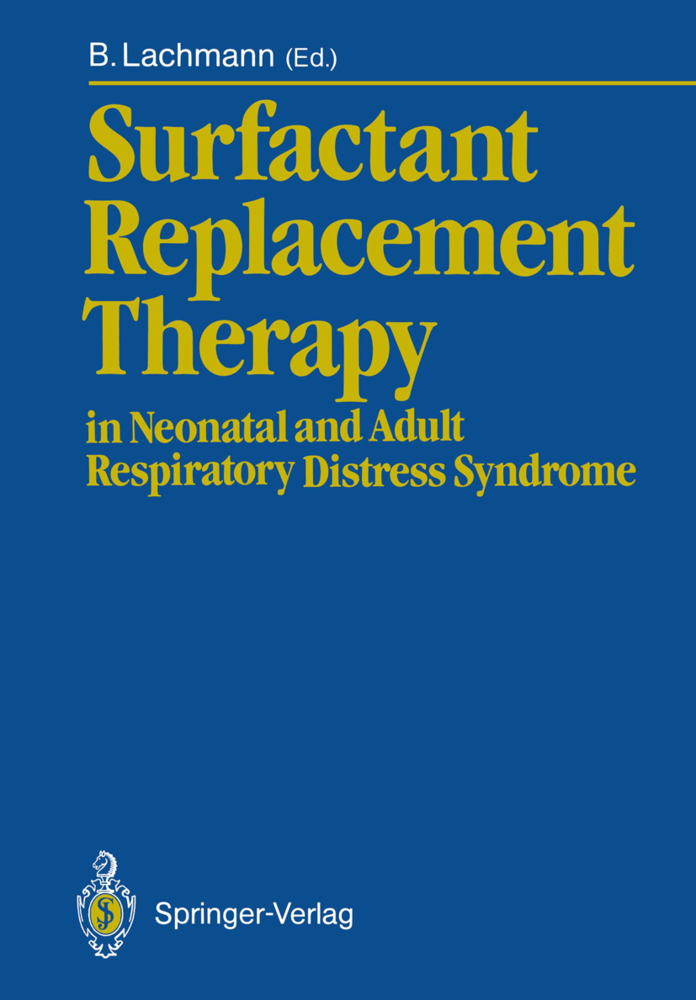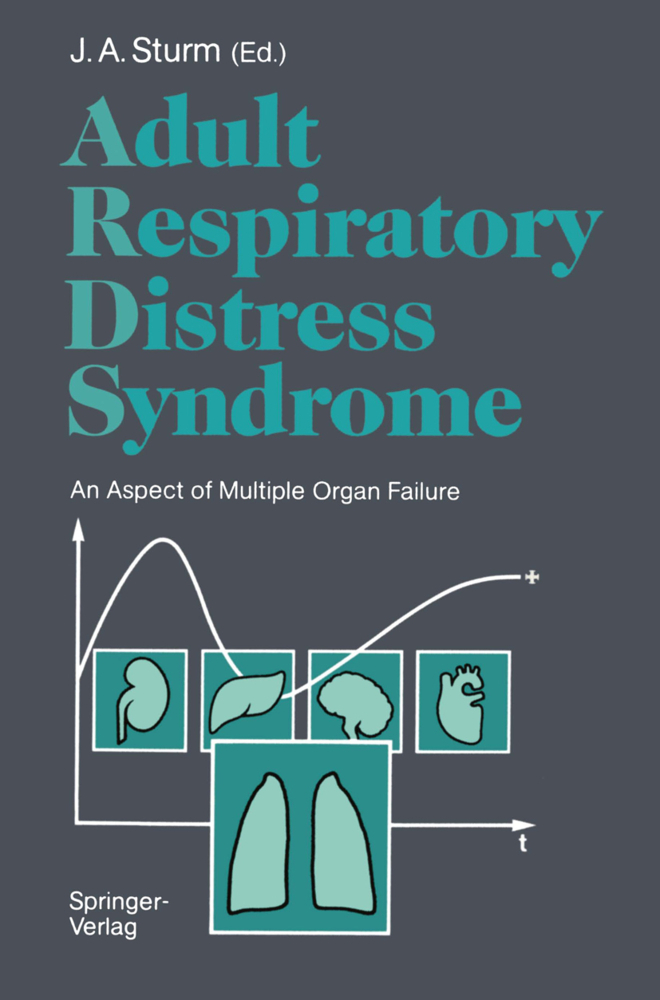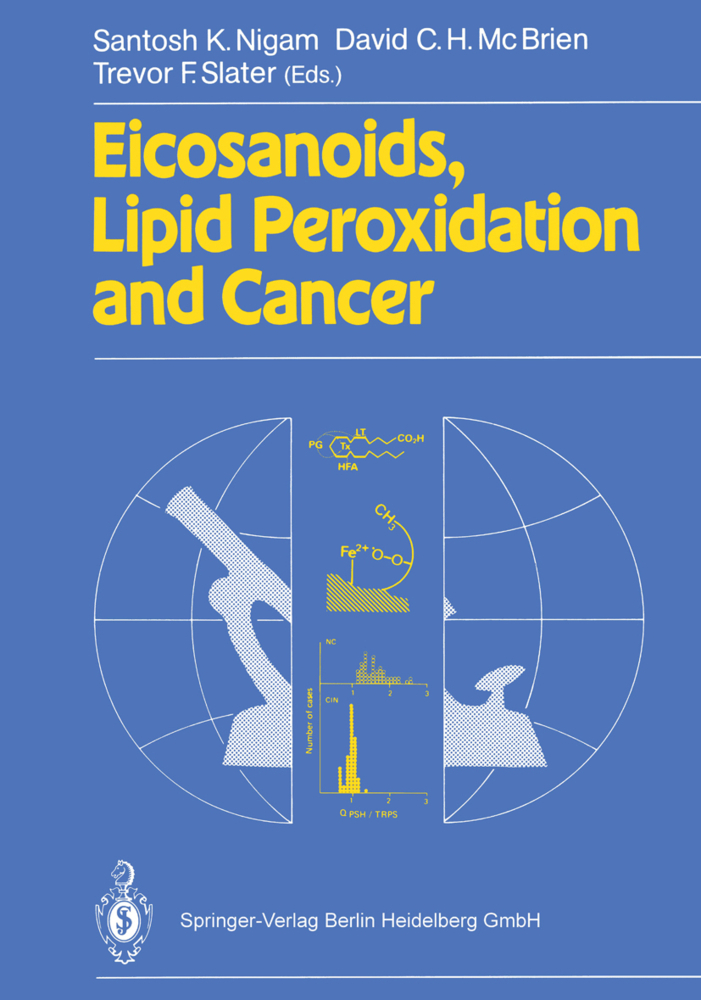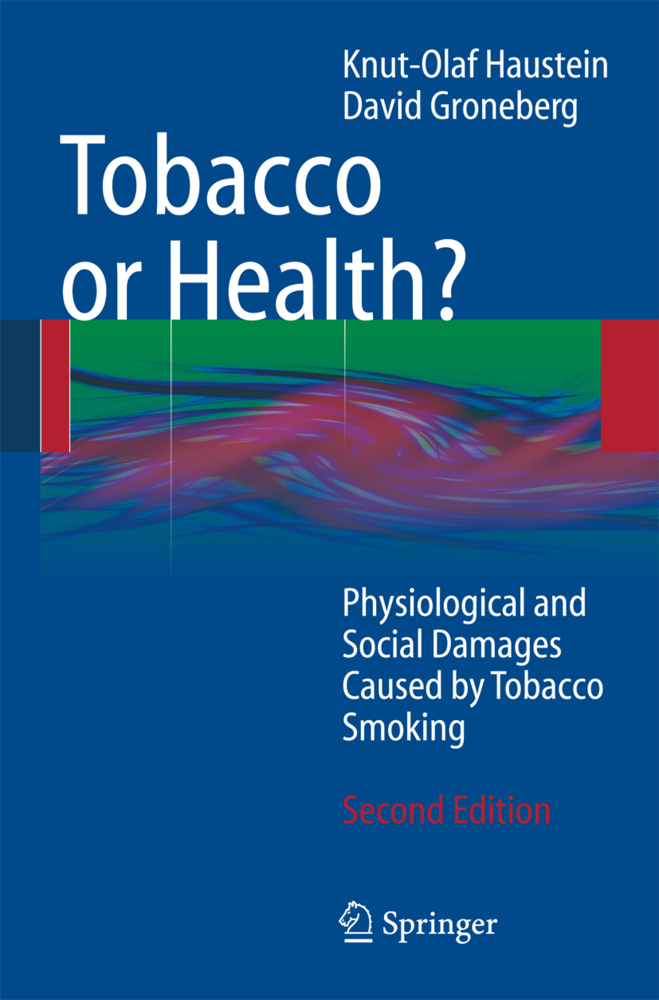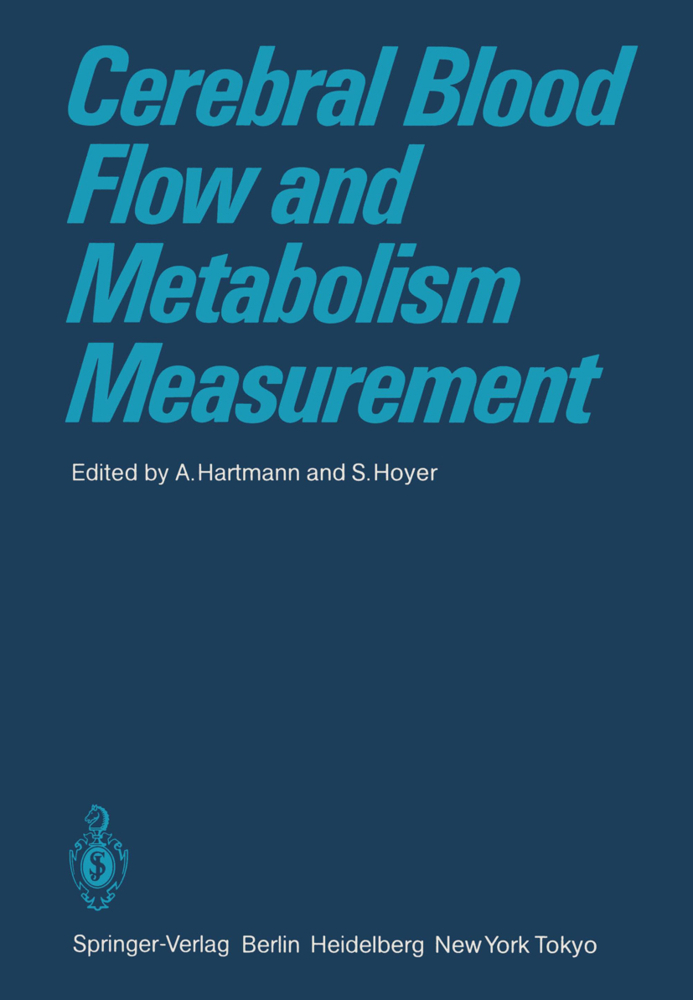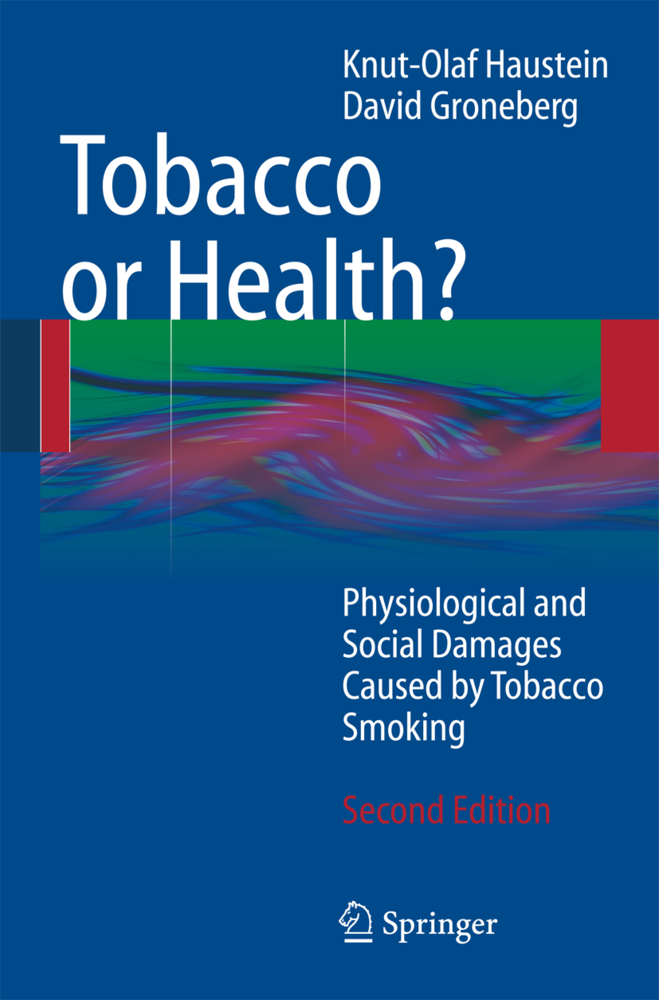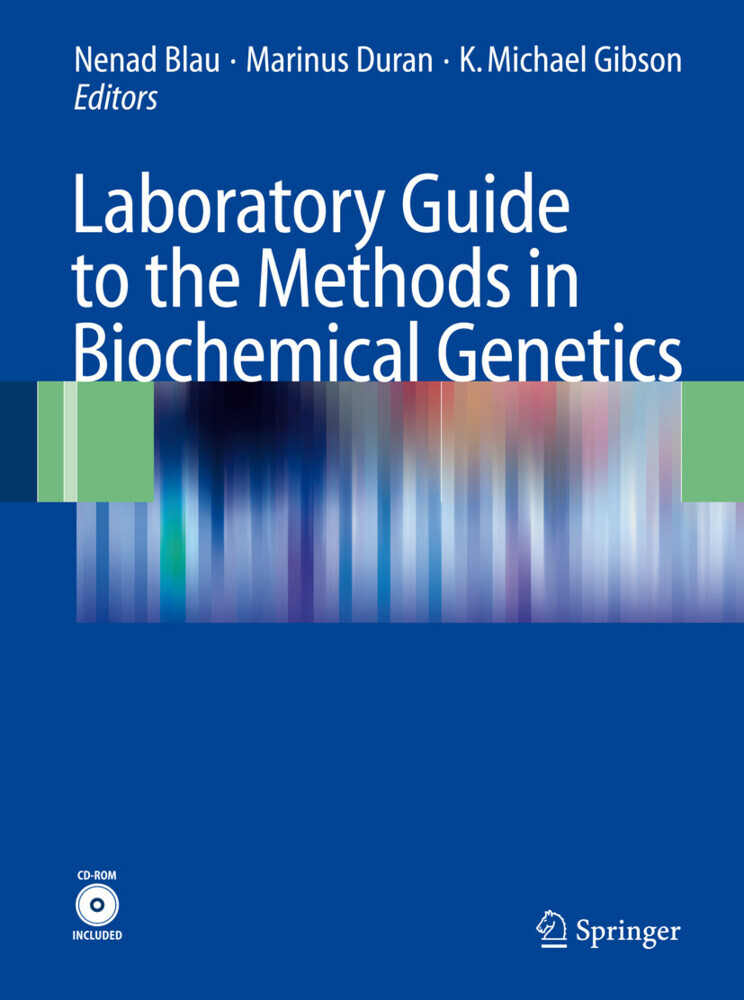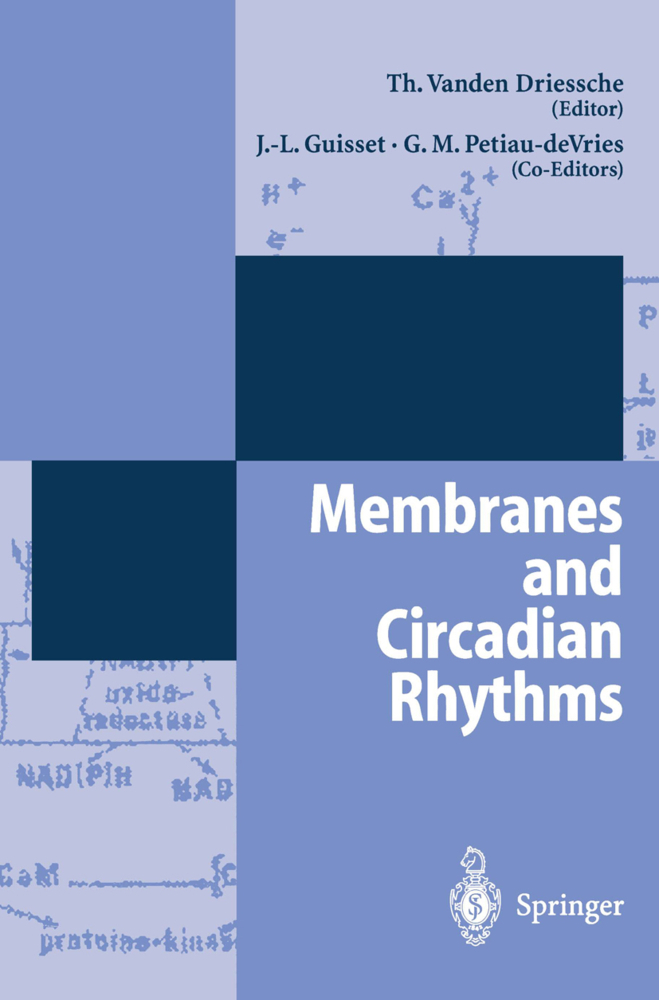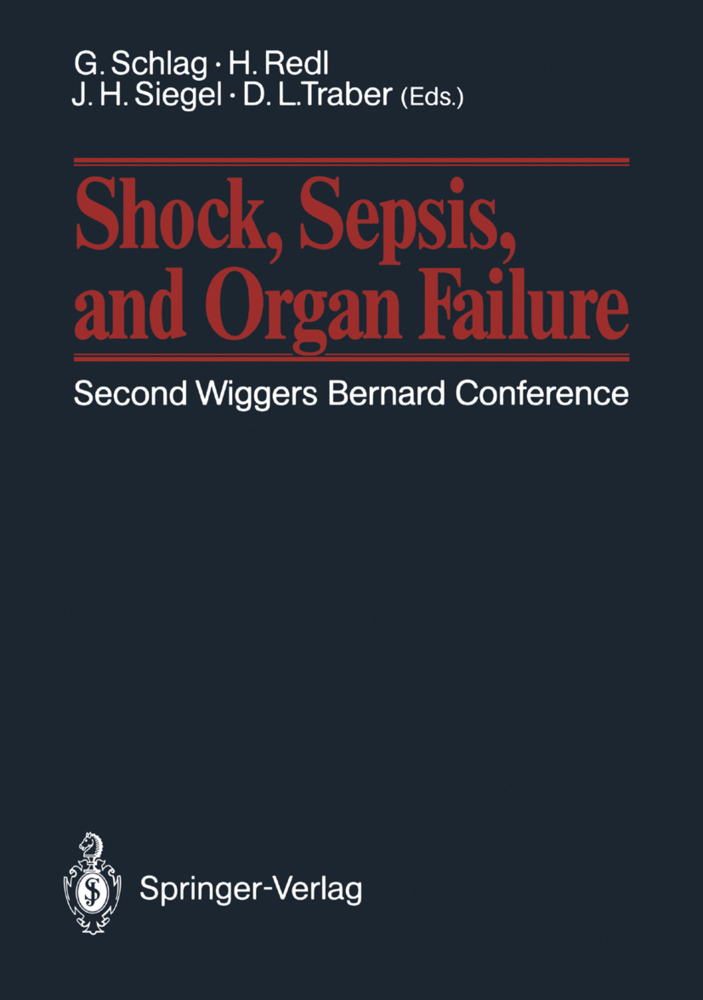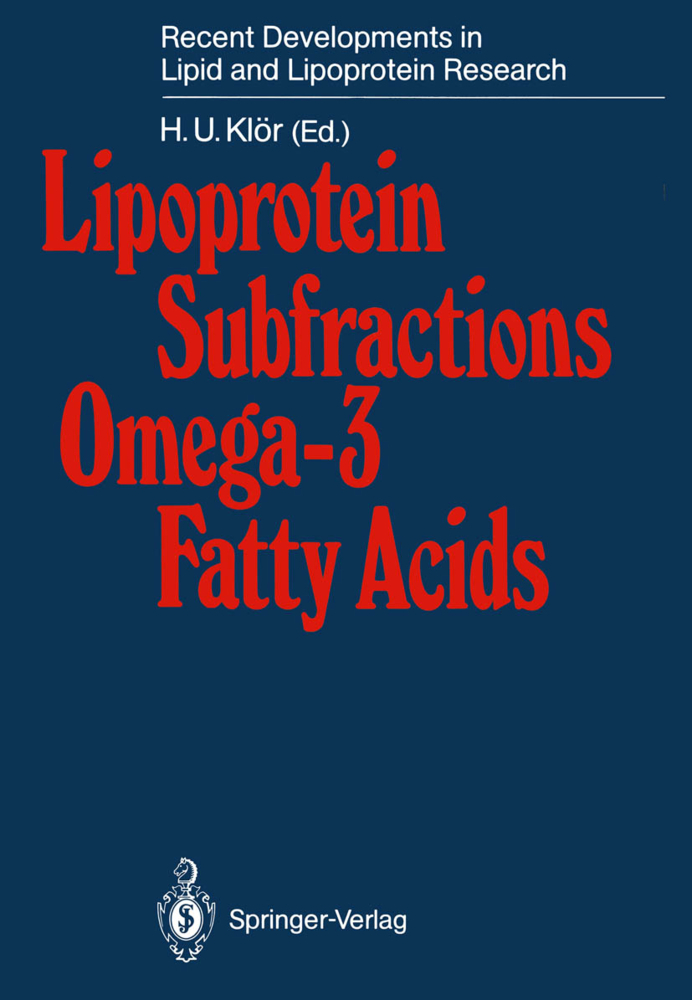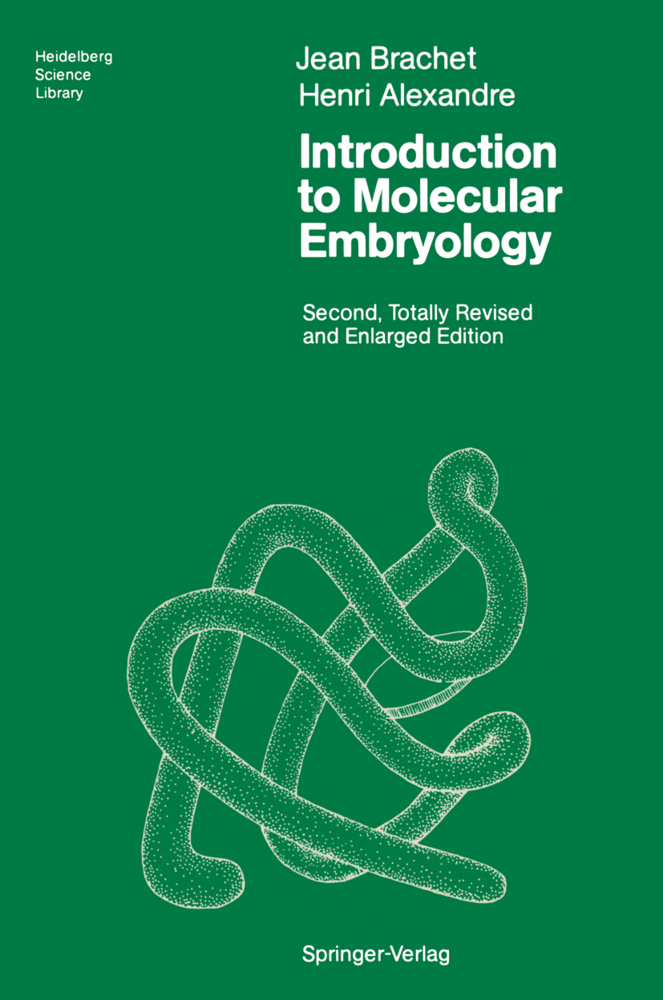Surfactant Replacement Therapy
in Neonatal and Adult Respiratory Distress Syndrome
Surfactant Replacement Therapy
in Neonatal and Adult Respiratory Distress Syndrome
I am very happy and honoured to have so many famous contrib utors from around the world presenting their knowledge and experience in this book, including Dr. Rufer who, as early as 1967, attempted to improve the pressure-volume curve of a child dying from RDS using dried surfactant from dogs; Drs. Enhorn ing and Robertson who were the first to treat rabbit fetuses with surfactant replacement and impressively demonstrated that sur factant improved lung mechanics; and Dr. Fujiwara who at the end of the 1970's had already successfully treated the first babies with surfactant replacement and published this work al ready in 1980. Thus, the idea of surfactant replacement therapy is now more or less 20 years old and almost 10 years have passed since the first publication by Dr. Fujiwara of his impressive clinical results. Up to now (September, 1988) about 2,200 babies have been treated worldwide with tracheal instillation of surfactant, with most promising results. The type of surfactant used varies from pure natural extracts from bovine or pig lungs, to surfactant extracted from human amniotic fluid, to pure phospholipids. To date, however, there is still no surfactant commercially available (except in Japan), in spite of the fact that it is urgently awaited by neonatologists and intensive care doctors throughout the world. This volume is based on the contributions presented at the international congress on Surfactant Replacement Therapy which was held in Rotterdam, The Netherlands, in November 1987.
Evaluation of Pulmonary Surfactant
Some Remarks on the Use of Physico-Chemical Methods in Lung Surfactant Research
In Vivo Tests for Evaluation of Pulmonary Surfactant
Efficacy and Standardisation of SF-RI 1: A Preparation from Bovine Lung Surfactant
Comparison Between Natural and Artificial Surfactant Preparations in Premature Rabbit Fetuses
II: Diagnostics of Surfactant Deficiency
Respiratory Distress Syndrome: Requirements of Perinatal Diagnosis, Prevention and Treatment
Diagnosis of Surfactant Defects in Newborn, Children and Adults in the Era of Surfactant Therapy
Assessment of Surfactant Function by Measurement of the Pulmonary Clearance of Inhaled Tc-99m-DTPA
Pneumotachographic Measurements of Lung Function in Preterm Infants with Respiratory Distress Syndrome
III: Surfactant Replacement in Newborn Infants
Factors Affecting the Response to a Postnatal Single Dose of a Reconstituted Bovine Surfactant (Surfactant TA)
A Multicenter Randomized Trial of Surfactant Replacement with Calf Lung Surfactant Extract: Effects of Pre-and Post-Ventilatory Instillation and of Multiple Doses
The European Multicenter Trial of Surfactant Replacement in Neonatal Respiratory Distress Syndrome
Use of Surfactant in Very Low Birth Weight Infants with Severe Respiratory Distress Syndrome: Initial Experience and Problems
Surfactant Replacement with SF-RI 1 in Premature Infants with Respiratory Distress Syndrome: A Clinical Pilot Study
Ventilator Settings After Surfactant Replacement with SF-RI 1: Clinical Experiences
Human Surfactant from Amniotic Fluid in the Treatment of Respiratory Distress Syndrome
Clinical Response to Human Surfactant
Human Surfactant and Calf Lung Surfactant Extract: Moderation of Respiratory Distress in Preterm Infants by a Single Prophylactic Dose in a Randomized and Controlled Clinical Trial
Artificial Surfactant: Prophylaxis for Respiratory Distress Syndrome
Rapid Response of Oxygenation, Slow Response of Compliance After Liposomal Phospholipid Substitution in Respiratory Distress Syndrome
Impact of Surfactant Therapy on Bronchopulmonary Dysplasia
Alveolar Atelectasis as a Mechanism for Infantile Apnoea: A Possible Role for Exogenous Surfactant Therapy?
Changes in Pulmonary and Cerebral Blood Flow After Surfactant Treatment for Severe Respiratory Distress Syndrome
IV: Surfactant Replacement in ARDS and Other Lung Diseases
The Future for Surfactant Therapy of the Adult Respiratory Distress Syndrome
Surfactant Replacement in Acute Respiratory Failure: Animal Studies and First Clinical Trials
Pulmonary Surfactant Effects and Replacement in Oxygen Toxicity and Other ARDS-Type Lung Injuries
Surfactant Replacement in Respiratory Failure Induced by Aspiration of Hydrochloric Acid in Rabbits
Efficacy of Exogenous Surfactant in Experimental Aspiration Trauma
Acute Effects of an Artificial Surfactant (Exosurf) Administered as an Aerosol in Sheep with Oleic Acid-Induced Lung Injury
Discussion: What is the Surfactant of Choice for Replacement Therapy?
V: What Happens After Surfactant Replacement Therapy?
What Happens to Treatment Doses of Surfactant?
Distribution of Exogenous Surfactant in Premature Lambs: High-Frequency Oscillation Ventilation Versus Conventional Mechanical Ventilation
Immunohistochemical Study of the Distribution of Exogenous Surfactant in the Lungs of Surfactant-Deficient Rabbits Using a Monoclonal Antibody
Immunogenicity ofSurfactant and Its Implications for Replacement Therapy
Surfactant Treatment of Newborn Rabbits Impedes Intrapulmonary Phagocytic Killing of Inhaled Group B Streptococci
Effect of Bovine Surfactant on Mucus Secretion from Tracheal Submucosal Glands
VI: Prospects for the Future
The Bronchoalveolar Surfactant System Inhibits the Cardiovascular Effects of Angiotensin II, Serotonin, and Platelet-Activating Factor
Artificial Surfactants Based on Different Hydrophobic Low-Molecular-Weight Proteins
Reconstitution of Human Surfactant Activity Using Low-Molecular-Weight Apoproteins
The Macromolecular Organization of Canine Lung Surfactant Protein SP 28-36: Structural Homology with the Complement Factor C1q
Two-Step Substitution of Surfactant in Fetal Minipigs
VII: Lipid Metabolism and Its Influence by Pharmacological Means
Regulation of Phosphatidylcholine Synthesis in Type II Alveolar Epithelial Cells
A Controlled Trial of CPD-Choline Administration in Premature Infants with Respiratory Distress Syndrome
Effects of the ?2-Adrenoceptor-Stimulating Agent Terbutaline and Its Antagonist ICI 118.551 on Rat Lung Surfactant (Phospholipid) Metabolism.
Pulmonary Surfactant: Evolution of Functional Concepts
I: Experimental Evaluation of Surfactant for Replacement TherapyEvaluation of Pulmonary Surfactant
Some Remarks on the Use of Physico-Chemical Methods in Lung Surfactant Research
In Vivo Tests for Evaluation of Pulmonary Surfactant
Efficacy and Standardisation of SF-RI 1: A Preparation from Bovine Lung Surfactant
Comparison Between Natural and Artificial Surfactant Preparations in Premature Rabbit Fetuses
II: Diagnostics of Surfactant Deficiency
Respiratory Distress Syndrome: Requirements of Perinatal Diagnosis, Prevention and Treatment
Diagnosis of Surfactant Defects in Newborn, Children and Adults in the Era of Surfactant Therapy
Assessment of Surfactant Function by Measurement of the Pulmonary Clearance of Inhaled Tc-99m-DTPA
Pneumotachographic Measurements of Lung Function in Preterm Infants with Respiratory Distress Syndrome
III: Surfactant Replacement in Newborn Infants
Factors Affecting the Response to a Postnatal Single Dose of a Reconstituted Bovine Surfactant (Surfactant TA)
A Multicenter Randomized Trial of Surfactant Replacement with Calf Lung Surfactant Extract: Effects of Pre-and Post-Ventilatory Instillation and of Multiple Doses
The European Multicenter Trial of Surfactant Replacement in Neonatal Respiratory Distress Syndrome
Use of Surfactant in Very Low Birth Weight Infants with Severe Respiratory Distress Syndrome: Initial Experience and Problems
Surfactant Replacement with SF-RI 1 in Premature Infants with Respiratory Distress Syndrome: A Clinical Pilot Study
Ventilator Settings After Surfactant Replacement with SF-RI 1: Clinical Experiences
Human Surfactant from Amniotic Fluid in the Treatment of Respiratory Distress Syndrome
Clinical Response to Human Surfactant
Human Surfactant and Calf Lung Surfactant Extract: Moderation of Respiratory Distress in Preterm Infants by a Single Prophylactic Dose in a Randomized and Controlled Clinical Trial
Artificial Surfactant: Prophylaxis for Respiratory Distress Syndrome
Rapid Response of Oxygenation, Slow Response of Compliance After Liposomal Phospholipid Substitution in Respiratory Distress Syndrome
Impact of Surfactant Therapy on Bronchopulmonary Dysplasia
Alveolar Atelectasis as a Mechanism for Infantile Apnoea: A Possible Role for Exogenous Surfactant Therapy?
Changes in Pulmonary and Cerebral Blood Flow After Surfactant Treatment for Severe Respiratory Distress Syndrome
IV: Surfactant Replacement in ARDS and Other Lung Diseases
The Future for Surfactant Therapy of the Adult Respiratory Distress Syndrome
Surfactant Replacement in Acute Respiratory Failure: Animal Studies and First Clinical Trials
Pulmonary Surfactant Effects and Replacement in Oxygen Toxicity and Other ARDS-Type Lung Injuries
Surfactant Replacement in Respiratory Failure Induced by Aspiration of Hydrochloric Acid in Rabbits
Efficacy of Exogenous Surfactant in Experimental Aspiration Trauma
Acute Effects of an Artificial Surfactant (Exosurf) Administered as an Aerosol in Sheep with Oleic Acid-Induced Lung Injury
Discussion: What is the Surfactant of Choice for Replacement Therapy?
V: What Happens After Surfactant Replacement Therapy?
What Happens to Treatment Doses of Surfactant?
Distribution of Exogenous Surfactant in Premature Lambs: High-Frequency Oscillation Ventilation Versus Conventional Mechanical Ventilation
Immunohistochemical Study of the Distribution of Exogenous Surfactant in the Lungs of Surfactant-Deficient Rabbits Using a Monoclonal Antibody
Immunogenicity ofSurfactant and Its Implications for Replacement Therapy
Surfactant Treatment of Newborn Rabbits Impedes Intrapulmonary Phagocytic Killing of Inhaled Group B Streptococci
Effect of Bovine Surfactant on Mucus Secretion from Tracheal Submucosal Glands
VI: Prospects for the Future
The Bronchoalveolar Surfactant System Inhibits the Cardiovascular Effects of Angiotensin II, Serotonin, and Platelet-Activating Factor
Artificial Surfactants Based on Different Hydrophobic Low-Molecular-Weight Proteins
Reconstitution of Human Surfactant Activity Using Low-Molecular-Weight Apoproteins
The Macromolecular Organization of Canine Lung Surfactant Protein SP 28-36: Structural Homology with the Complement Factor C1q
Two-Step Substitution of Surfactant in Fetal Minipigs
VII: Lipid Metabolism and Its Influence by Pharmacological Means
Regulation of Phosphatidylcholine Synthesis in Type II Alveolar Epithelial Cells
A Controlled Trial of CPD-Choline Administration in Premature Infants with Respiratory Distress Syndrome
Effects of the ?2-Adrenoceptor-Stimulating Agent Terbutaline and Its Antagonist ICI 118.551 on Rat Lung Surfactant (Phospholipid) Metabolism.
Lachmann, Burkhard
| ISBN | 978-3-642-73307-9 |
|---|---|
| Artikelnummer | 9783642733079 |
| Medientyp | Buch |
| Auflage | Softcover reprint of the original 1st ed. 1988 |
| Copyrightjahr | 2011 |
| Verlag | Springer, Berlin |
| Umfang | XXII, 378 Seiten |
| Abbildungen | XXII, 378 p. |
| Sprache | Englisch |

